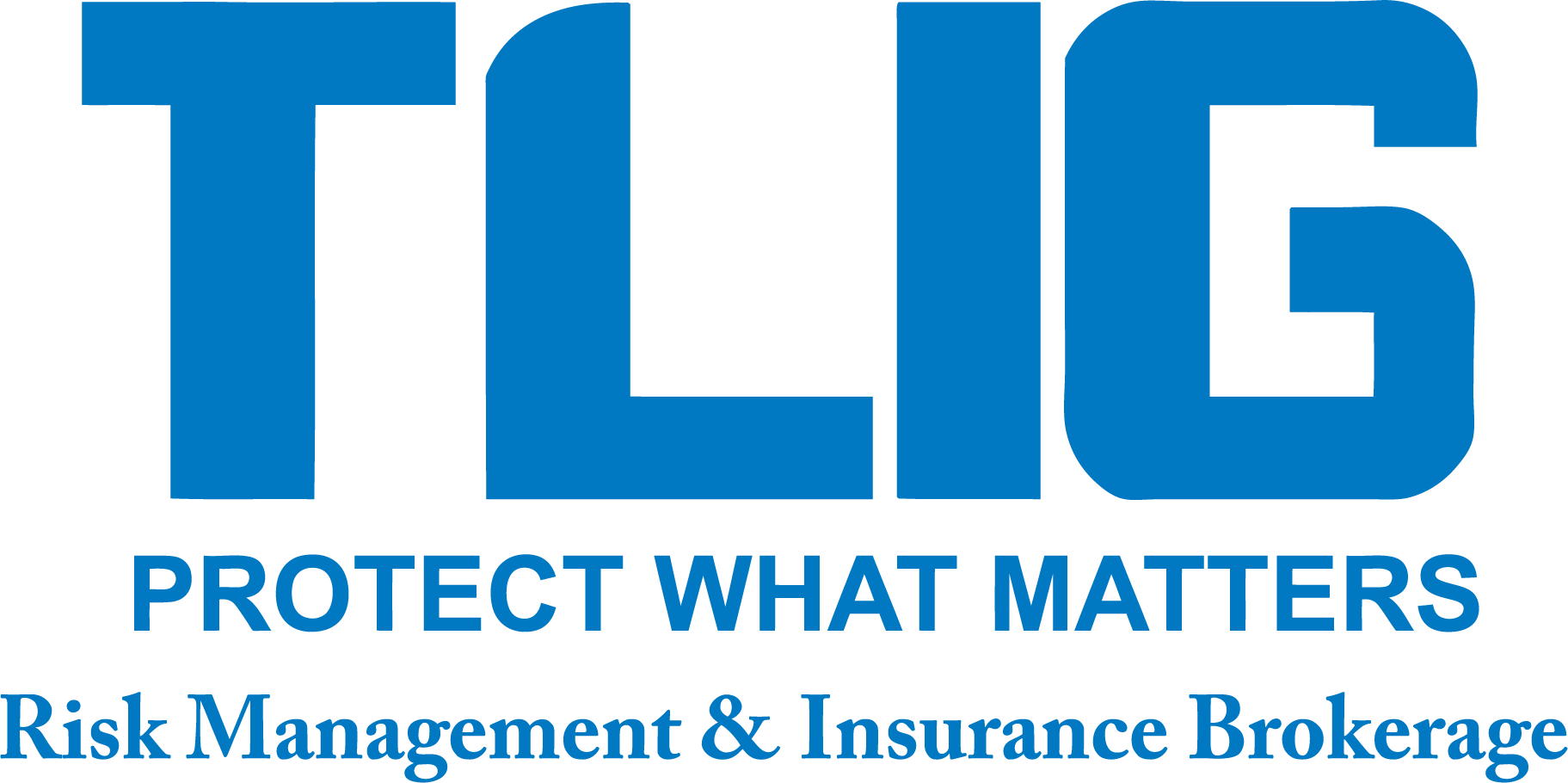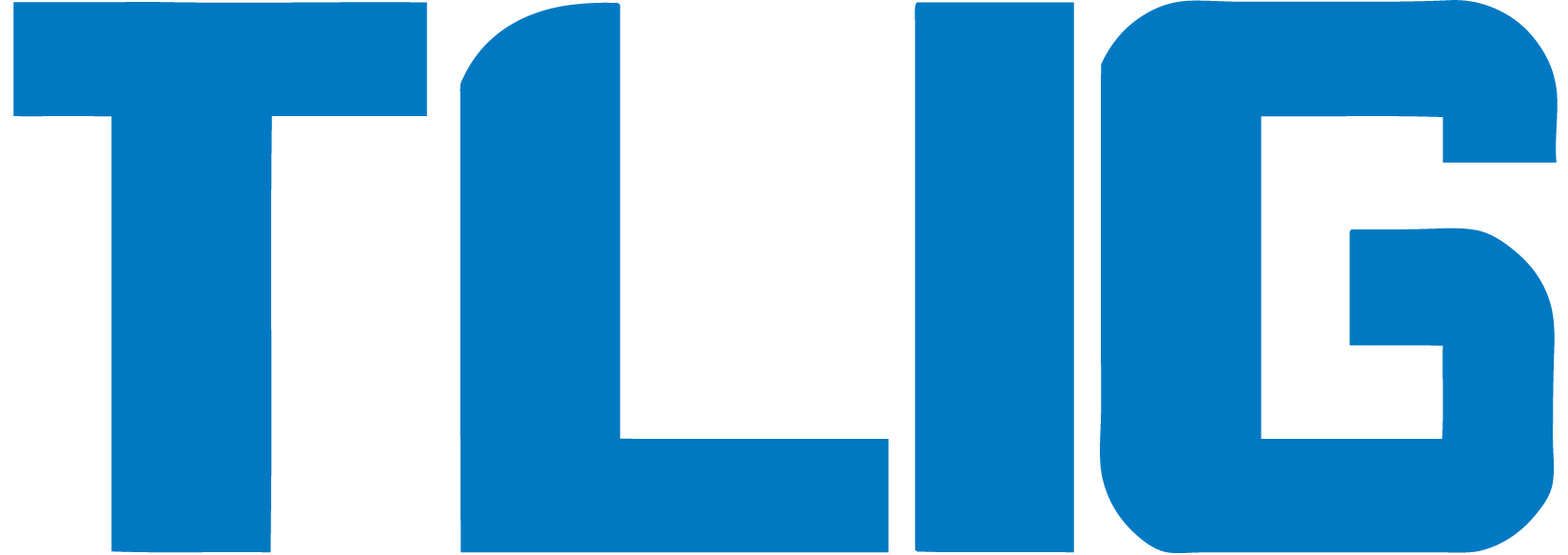Your homeowner’s insurance policy will pay to repair
damage to your home caused by a fire, windstorm or other covered cause of loss.
But when you and your family incur expenses for moving out while repairs are
made, who picks up the tab?
An often-overlooked but essential function of your
homeowner’s policy is “additional living expenses” (also called “loss of use”
or “Part D”) coverage. Additional living expenses coverage will pay the
necessary increase in living expenses required to maintain your family’s
current standard of living while the house is being repaired. Examples of
expenses typically covered include the cost of hotel, food bills in excess of normal grocery/restaurant bills,
cooking supplies and the cost of moving property into storage.
The good news is that payment for these expenses usually
does not stop if the policy expires. Rather, they will continue to pay until
the limit is used up, the home is repaired to a habitable state, or you
permanently relocate.
The bad news is that many homeowners erroneously believe
that the policy covers 100 percent of additional living expenses until the home
is habitable. Realistically, very few policies do this. In most cases, home
insurance companies place a limit or cap on loss-of-use payments. For example,
many homeowner policies will only offer loss-of-use coverage as a percentage of
the limit of insurance carried on the dwelling; 20 percent is common. Others
may specify a flat dollar amount.
Usually, a covered loss must occur for any insurance
dollars to be paid for additional living expenses. The one exception is if your
home is not accessible due to civil authority or government mandate triggered
by nearby damage. For example, in 2009, wildfires in California triggered
mandatory evacuations that prevented tens of thousands of homeowners from going
home. If homes in close proximity to yours are burning, there’s a chance the
government will close roads and/or prevent you from entering your property even
though it has not yet suffered a direct loss. In this situation, additional
living expense payments are often limited to two weeks.
Homeowners who receive additional income by renting a
portion of their home should also pay close attention to the Part D limit. This
limit also applies to replacing lost rental income while the damaged house is
being repaired.
Here’s the important question: How do you know if your
policy’s Part D limit is sufficient? The trouble is that important factors are
variable. For example, how do you know how long you will be out of your house?
Building codes and permits cause rebuilding efforts to proceed slowly in many
parts of the country. Calling a local building contractor to gain some idea is
a good start but there is no exact prediction.
Further, how do you know what expenses you will incur?
According to Hotels.com’s 2009 hotel price index, the average hotel room in the
U.S. costs $115 per night! Add this and other expenses to a lengthy,
unpredictable repair schedule and the possibility of eclipsing your Part D
policy limit before your home is habitable could become a serious problem.
The last thing you want to hear is that your loss-of-use
coverage has run out before you can go home. Fortunately, a professional
insurance agent understands these exposures and can help you weigh your
options, including those that may increase your loss-of-use coverage limit.
TLIG is a local Trusted Choice®
agency that represents multiple insurance companies, so it offers you a variety
of personal and business coverage choices and can customize an insurance plan
to meet your specialized needs.
Visit us online at www.tligins.com
or call us at (434) 582-1444.

